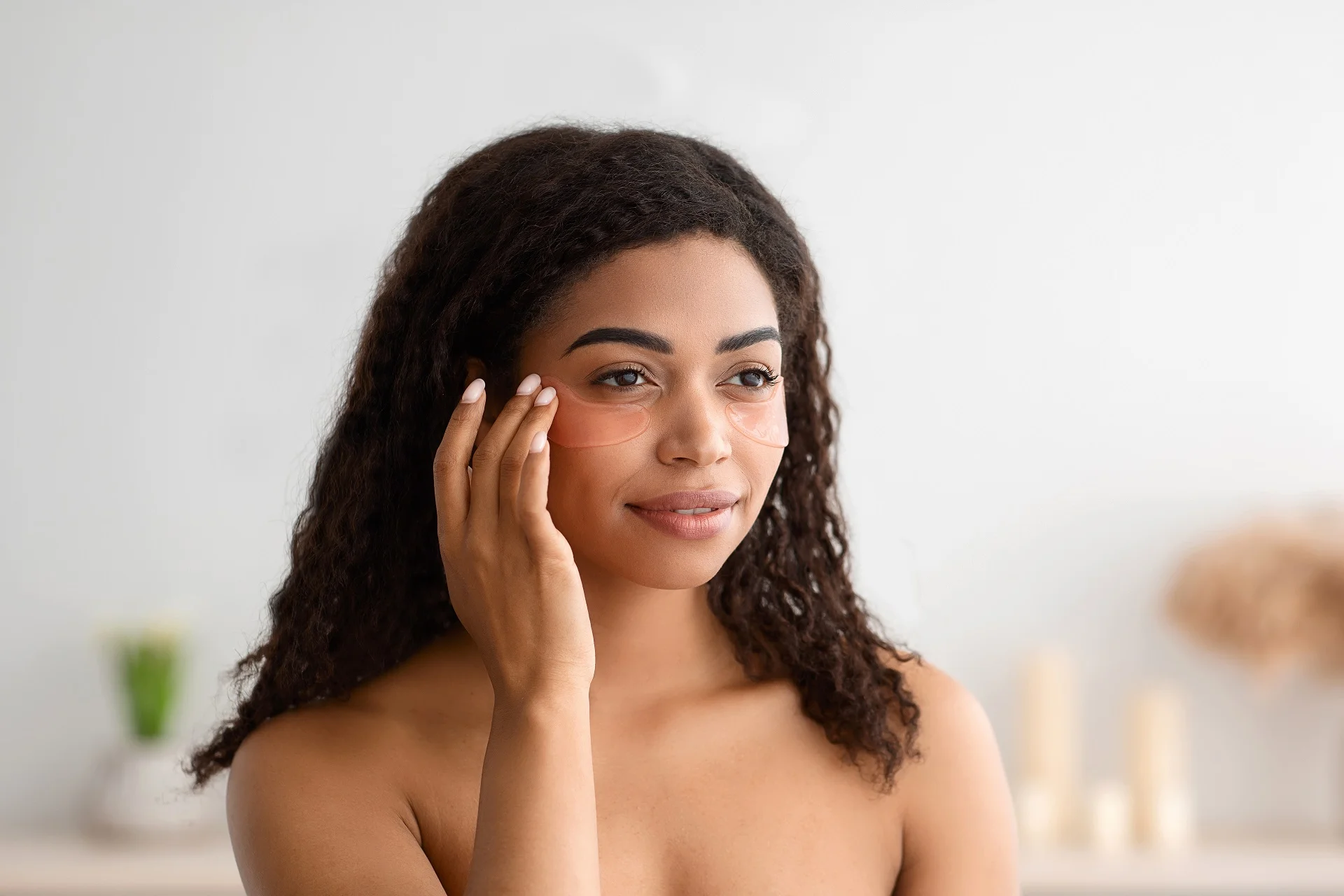Actinic Keratosis in New York, NY

Actinic Keratosis in New York, NY
In Actinic Keratosis, rough, scaly patches form on areas of the body that are exposed to the sun frequently, such as the face, neck, hands, and forearms. It occurs when high levels of ultraviolet (UV) radiation damage the outer layer of skin. Actinic Keratosis is considered a precancerous condition, meaning that if left untreated, it has the potential to progress to squamous cell carcinoma, a type of skin cancer. Individuals affected by Actinic Keratosis may notice rough, raised patches that vary from skin-toned to pink or brown. These patches can be tender or cause discomfort, particularly when exposed to friction. Several treatment options are available for Actinic Keratosis, including Cryotherapy (freezing), Curettage (scraping), topical creams or ointments, chemical peeling, and Photodynamic Therapy using laser light.
Causes and Variations of Actinic Keratosis
In most cases, actinic keratosis is the result of cumulative exposure to ultraviolet radiation. This exposure causes DNA damage in the skin cells, leading to abnormal growths manifesting as Actinic Keratosis. As one ages, this condition is more likely to develop, especially if one has fair skin, light-colored eyes, or a history of sunburns. There are variations of Actinic Keratosis, such as hypertrophic Actinic Keratosis, which appears thicker and more prominent, and atrophic Actinic Keratosis, which presents as a thinner, flatter lesion. Bowenoid Actinic Keratosis, another variation, can resemble early-stage squamous cell carcinoma.
What Are The Different Procedures for Treating Actinic Keratosis?
Cryotherapy (Freezing)
Cryotherapy is a widely used treatment for Actinic Keratosis. In this procedure, the affected skin is treated with liquid nitrogen to freeze the abnormal cells. This process causes the lesions to blister and eventually fall off, allowing healthy skin to replace the damaged area. Cryotherapy is a quick, effective procedure with minimal discomfort, often completed in a single session.
Curettage (Scraping)
Curettage involves removing the Actinic Keratosis lesion by scraping it off with a specialized instrument called a curette. This procedure is typically followed by electrosurgery, where the area is treated with an electrical current to destroy any remaining abnormal cells. Curettage is particularly effective for thicker or more persistent lesions.
Application of Cream or Ointment
The most common treatment for Actinic Keratosis is a topical cream or ointment. These medications, which may contain 5-fluorouracil (5-FU) or imiquimod, stimulate the immune system to target and destroy the abnormal cells. Treatment timeframes varies according to the severity of the condition, but most patients apply the cream on a daily basis for several weeks.
Chemical Peeling
Peeling the skin with chemical solutions is called chemical peeling. It paves the way for healthy new skin to emerge by peeling off the outer layers of the skin. The method is particularly useful for treating multiple lesions simultaneously and improving sun-damaged skin’s overall texture and appearance.
Photodynamic Therapy Using Laser Light
Photodynamic Therapy (PDT) combines a photosensitizing agent with laser light to target and destroy the abnormal cells in Actinic Keratosis. During PDT, the photosensitizing agent is applied to the skin. After an appropriate absorption period, the area is exposed to laser light, which activates the agent and eradicates the damaged cells. PDT is an effective option for treating larger areas or multiple lesions.
What Are the Results of Treating Actinic Keratosis?
Treating Actinic Keratosis is essential for preventing the condition’s progression to squamous cell carcinoma. Patients who undergo treatment can expect a significant reduction or complete removal of the lesions, improved skin texture, and a decreased risk of skin cancer development. After treatment, it is crucial to adopt protective measures against UV exposure to prevent recurrence. If you suspect you have Actinic Keratosis or have been diagnosed with it, consider scheduling an appointment at Park Plaza Dermatology in New York, NY, for a personalized treatment plan.
Benefits of Treating Actinic Keratosis?
- Squamous cell carcinoma is less likely to develop when taken regularly.
- Improves skin texture and appearance.
- Minimizes discomfort associated with rough, scaly patches.
- Prevents further UV damage to affected areas.
- Provides a personalized treatment approach tailored to individual needs.
- It can be performed with minimal downtime.
- Enhances overall skin health.
- Treats multiple lesions simultaneously with some methods.
- Boosts self-confidence by improving skin condition.
- Offers long-lasting results with proper post-treatment care.
Frequently Asked Questions
Skin conditions such as Actinic Keratosis are characterized by rough, scaly patches that develop on sun-exposed areas caused by prolonged exposure to ultraviolet radiation.
A dermatologist typically diagnoses Actinic Keratosis through a physical examination. It is sometimes necessary to perform a biopsy in order to rule out skin cancer.
Common treatments for Actinic Keratosis include Cryotherapy, Curettage, topical creams or ointment application, chemical peeling, and Photodynamic Therapy.
If left untreated, Actinic Keratosis can progress to squamous cell carcinoma, a sign of an aggressive form of skin cancer.
Most treatments for Actinic Keratosis involve minimal discomfort. Cryotherapy may cause a brief stinging sensation, while topical treatments may cause mild irritation or redness.
Protective measures such as wearing protective clothing, avoiding peak sun hours, and wearing sunscreen are all important measures to prevent the recurrence of Actinic Keratosis.
